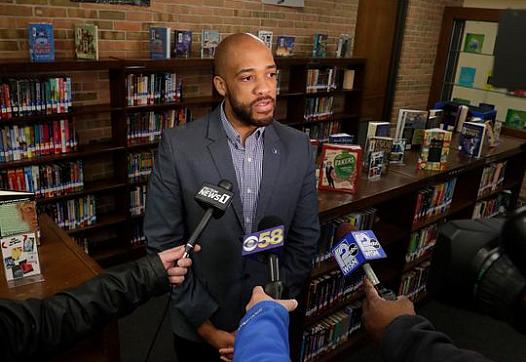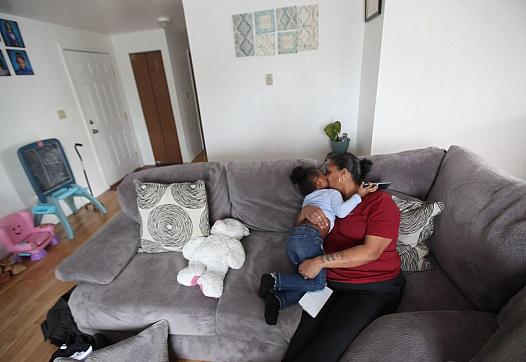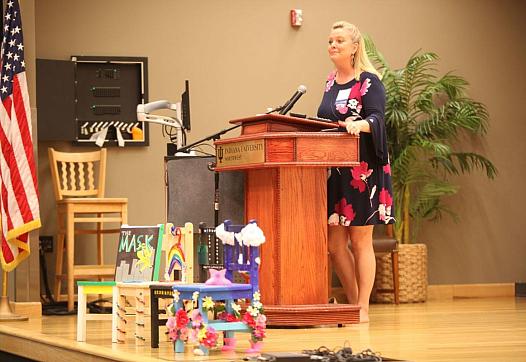As a journalist, I was out of my depth and definitely out of my comfort zone. But after weeks of furious planning I looked around the Hall of Culture — a gorgeous ballroom in San Francisco’s African American Art and Culture Complex — and realized we had pulled it off....

More than half the children in Milwaukee's troubled 53206 ZIP code are living in poverty. It's an area where unemployment is widespread and others are trapped in low-wage jobs.

Kateri Whiteside looked at the pictures of her six kids on the wall: boys and girls, from toddlers to adults. She hasn't seen some of them for years.

What if the United States treated child abuse and neglect as if they were deadly diseases?

Over the last decade, Congress has repeatedly flagged the abominable conditions in the South Dakota facilities but they’ve failed to make meaningful change.

A 5-year-old's long wait for care is emblematic of a much larger problem — too few mental health providers for low-income kids on public coverage.

The series has received support from the Fund for Journalism on Child Well-Being, a program of USC's Center for Health Journalism....

Vigo County had the highest rate of child neglect investigations in the state in 2017 — 238 for every 1,000 kids, a Times analysis of child welfare data found.
As more grocery stores close than open in Jefferson County, some residents say they're still disappointed that the buildings will not again provide food to their communities.

With an early $50 million in government funding, Tanti and his organization, Headspace, would spend the next decade creating a network of 100 mental health centers serving 355,000 people throughout the country, each one with its own personality.
